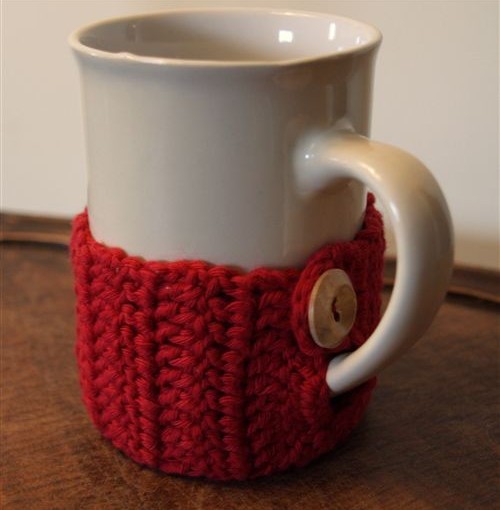Tag: Teacher’s art lessons
-

Mother’s Day Crafts for the Classroom
If you are a teacher, Mother’s Day is an excellent time to get your students’ creative juices flowing. Celebrating an important female relative in a child’s life, whether they are a mother or not, gives students both a chance to show those people how they feel and a chance to stretch their imaginations. As a…
-

60 Class Projects for Art Teachers
It is well known among teachers that children respond well to art. Whether they are simply looking at it, learning about it or creating it, using art in the classroom is a fantastic way to get kids engaged and offers many benefits for their development. According to studies, children who regularly participate in art are…